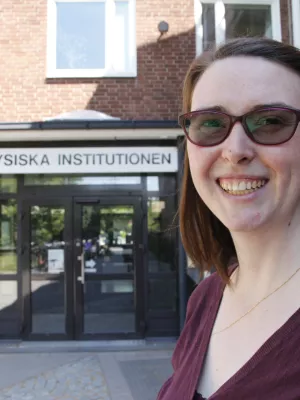
Hannah Herde
Interests: Higgs physics • dark matter searches • solid state tracking detectors • track reconstruction • active teaching methods • digital art • improv

Study of High-Transverse-Momentum Higgs Boson Production in Association with a Vector Boson in the qqbb Final State with the ATLAS Detector
Author
Summary, in English
Department/s
- Particle and nuclear physics
- eSSENCE: The e-Science Collaboration
- Department of Physics
Publishing year
2024
Language
English
Publication/Series
Physical Review Letters
Volume
132
Issue
13
Document type
Journal article
Publisher
American Physical Society
Topic
- Subatomic Physics
Keywords
- Signal processing
- Tellurium compounds
- ATLAS detectors
- B-tagging
- Final state
- Hadronics
- Higgs boson
- Integrated luminosity
- Proton proton collisions
- Substructure technique
- Transverse momenta
- Vector boson
- Bosons
Status
Published
ISBN/ISSN/Other
- ISSN: 0031-9007

